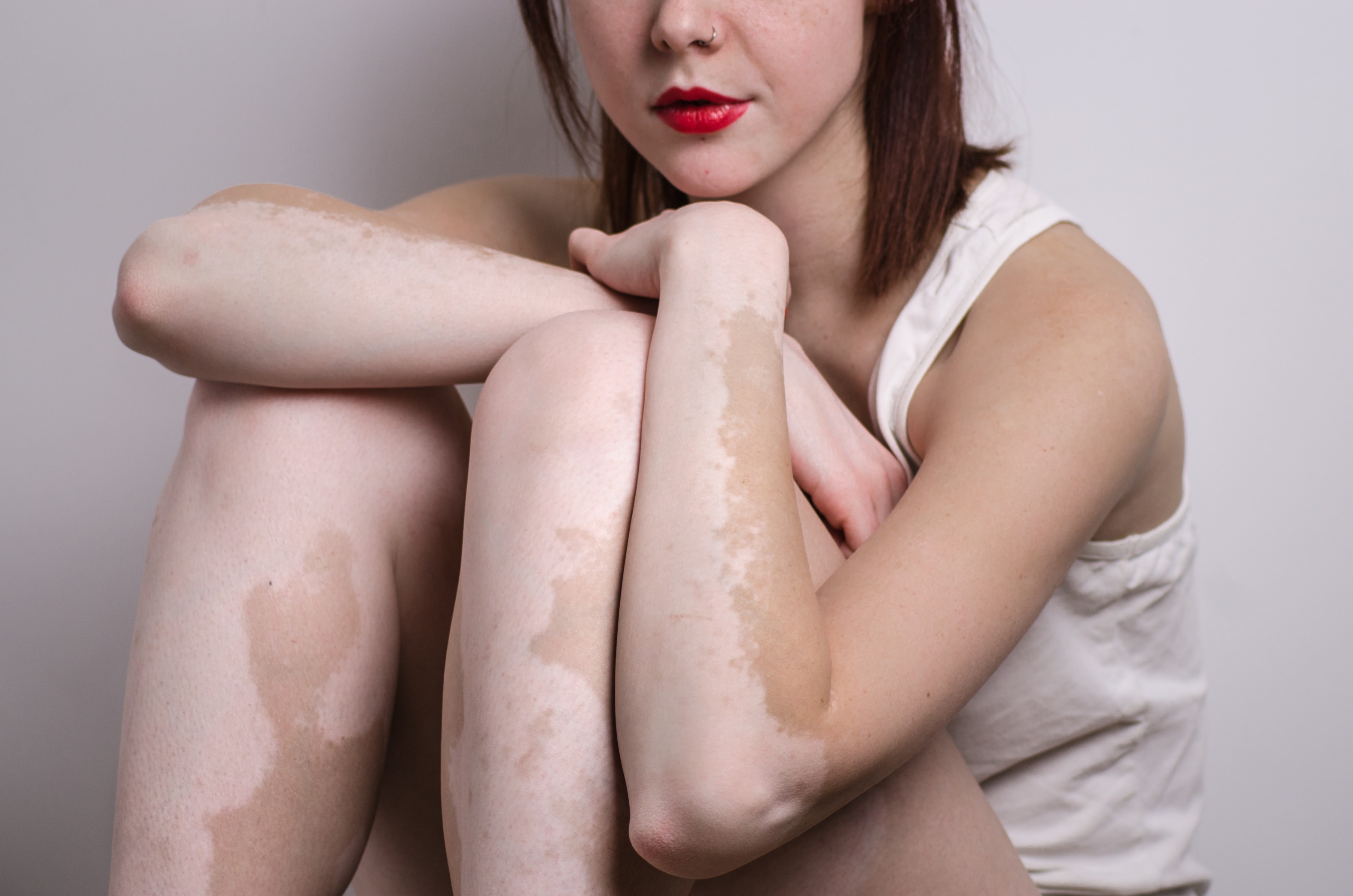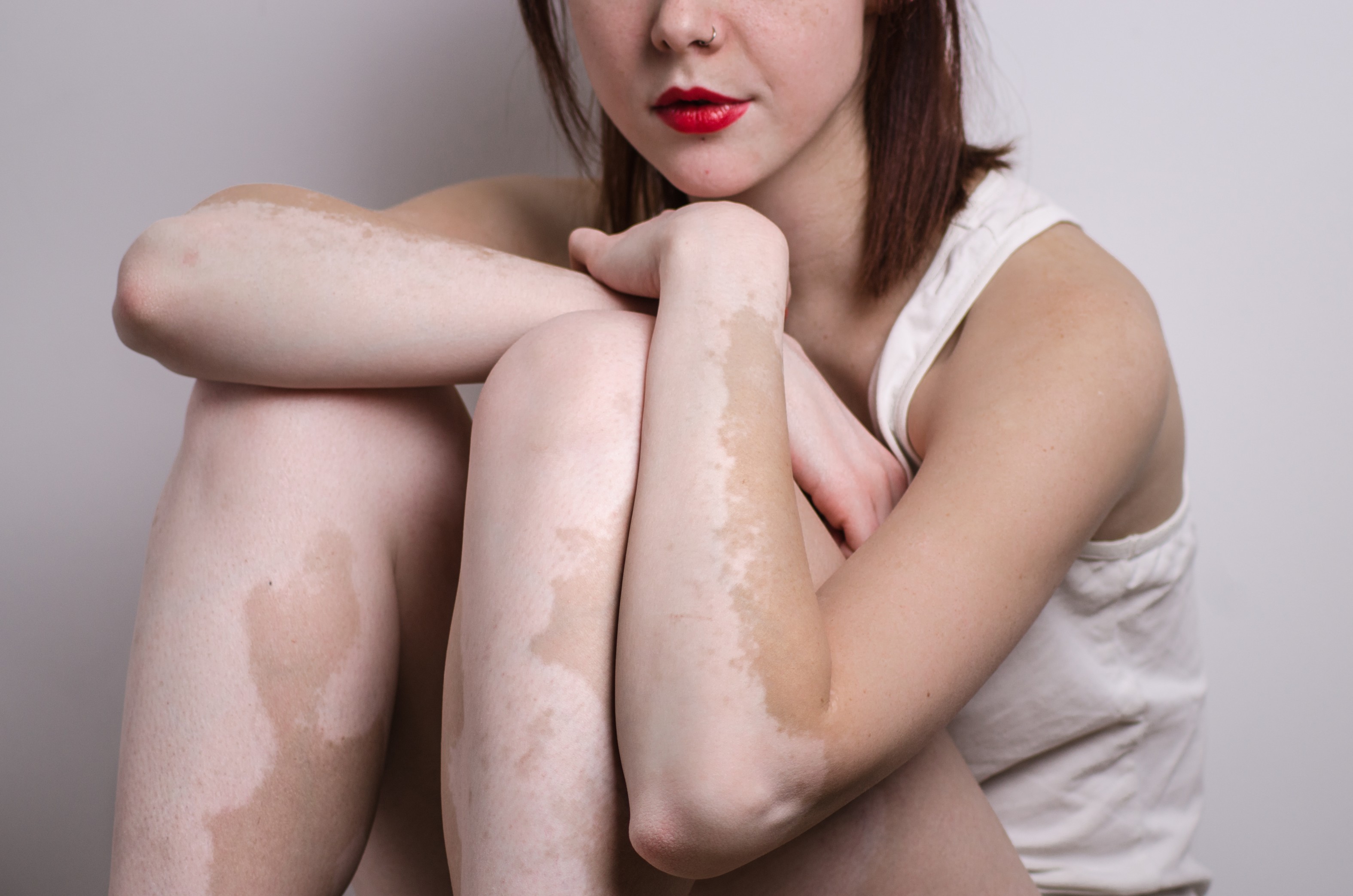

White spots on the skin? Look for these 5 signs of vitiligo!
Imagine living with discolored patches on your skin! It is difficult, as the social stigma around this autoimmune condition has not changed. People suffering from vitiligo still find it tough to interact with other people. Therefore, it is important to find out about vitiligo and how it can impact the life of the person suffering from the condition.
Vitiligo is an autoimmune, non-contagious skin condition. According to a study by the National Center for Biotechnology Information, around two percent of people worldwide suffer from the vitiligo skin condition. When your body stops producing melanin, it can cause discoloring of the skin.
These discolored patches can affect different parts of the body. The two main types of vitiligo may include segmental and general vitiligo.
In segmental vitiligo, discolored patches are visible on one side of the body, like the face and the hands. With general vitiligo, multiple parts of your body can be affected by these discolored patches.
Cause of vitiligo
The cause of vitiligo is unknown, but having a history of any immune deficiency can increase the risk for this condition. The genes associated with vitiligo like NLRP1 (NLR Family Pyrin Domain Containing 1) and PTPN22 (Protein tyrosine phosphatase, non-receptor type 22 (lymphoid)); can also be risk factors for this skin condition.
Sometimes, people misunderstand other depigmented spots with vitiligo. Therefore, it’s important to learn about the different signs and symptoms of this skin condition.
The vitiligo skin condition can be visible on different areas of your body, such as the mouth, eyes, fingers, wrists, armpits, groin and genitals, and inside the mouth. It starts to show up on the skin as a pale patch and gradually turns completely white. The edges of this patch may be smooth or irregular; they can get red and inflamed, causing hyperpigmentation.

Diagnosis for vitiligo
To treat the condition better, your doctor may ask you some questions. These may include:
- Does anyone in your family have a history of vitiligo?
- Is there a family history of any other autoimmune condition?
- Have you ever injured the affected area of your skin?
Treatments for vitiligo
The treatment varies based on the severity, size, and location of the patches and how well you respond to the treatment. Vitiligo treatments may include surgical or medical treatments:
-
- Medical treatments:
- Topical creams: Topical creams like corticosteroids can help you get the color back to the discolored patches on your skin. Other creams like calcineurin inhibitors and calcipotriene can help reduce the effects of the condition. The side effects of these creams may include skin irritation, thinning, and excess hair growth.
- Narrowband UVB light therapy: It is an alternate treatment for traditional PUVA therapy. This treatment offers a more focused light treatment. The side effect you may suffer includes dry, itchy, and red skin and flared up symptoms of cold sores.
- Oral medications: some steroids and antibiotics can help treat and reduce the effects of vitiligo on the skin. These medications may be available as prescribed by the doctor.
- Medical treatments:
Surgical treatment: This may include skin grafting, where the surgeon removes healthy pigmented skin and inserts it in the depigmented patches. The side effect of this treatment involves blisters of the skin after the procedure is complete.
Melanocyte transplant, your doctor removes the melanocyte cells in your body to grow them in a lab. Then the cells are transplanted on the depigmented areas of your skin.
Self-Care Tip
Vitiligo affects the skin, but it can also affect the psychological health of an individual. According to a study by NCBI, people suffering from vitiligo can impact the patient’s psychological health. Hence, talk to your family and friends, or join the vitiligo support group to help you heal faster.
Homeopathy treatment for vitiligo
Homeopathic treatment offers solutions that are natural, safe, and side-effect-free. According to a study by NCBI, with the help of individualized homeopathic treatment, 14 vitiligo patients showed positive results in the early stages. Homeopathy provides you with a holistic treatment solution, treating the underlying conditions of vitiligo. To give you solutions that are long-term and effective.
At Dr Batra’s® UAE, with the help of our 3D imaging device, we capture 10 mm deep within the skin to devise a treatment plan that best suits your condition. Dr Batra’s® treats the visible and underlying causes of vitiligo to give you long-term and effective treatment solutions. Book an appointment now, https://www.drbatras.ae/book-an-appointment.
Key Takeaways
- Vitiligo causes discolored patches on the skin due to an autoimmune condition.
- People with vitiligo often face social stigma and challenges in social interactions.
- Understanding vitiligo is important to support those affected by it.
- The condition can significantly impact a person's daily life and self-esteem.
- Raising awareness can help reduce stigma and improve social acceptance.

